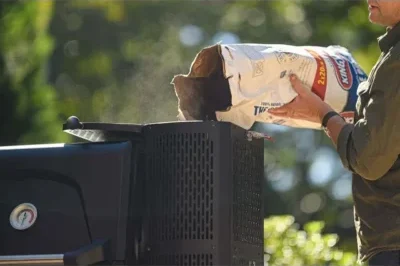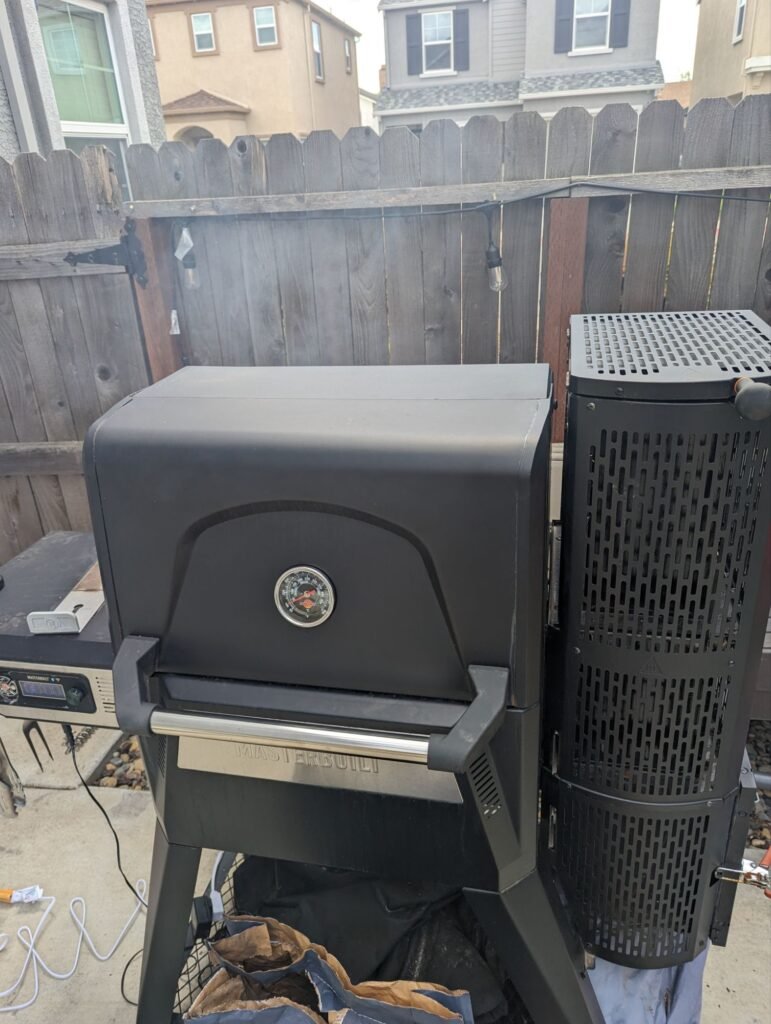How to Run an Offset Smoker: A Beginner’s Guide

Running an offset smoker can be a rewarding experience, allowing you to create delicious smoked meats with that perfect flavor only wood and charcoal can provide. Whether you’re new to smoking or looking to refine your technique, this guide will walk you through the essential steps to get your offset smoker up and running efficiently.

Step 1: Level Your Smoker
First things first, you need a stable and level surface for your smoker. If you’re setting up on an uneven surface like a gravel driveway, leveling is crucial. Use a standard level and wooden shims to adjust the smoker. Check both front-to-back and side-to-side to ensure stability and prevent any wobble. Proper leveling is the foundation of an evenly cooked meal.
Step 2: Choose Your Fuel Source
Selecting the right fuel source is critical for the flavor and efficiency of your smoke. There are two main types of charcoal:
- Briquettes: Uniformly shaped and containing filler, they burn cooler and longer but produce more ash.
- Lump Charcoal: Made from real wood pieces, they offer a hotter and cleaner burn, imparting a subtle wood flavor.
For wood, opt for hardwoods or fruitwoods. Avoid evergreens like pine or cedar, as they can impart a bitter taste to your meat. Woods like apple, maple, and oak are excellent choices, each imparting a unique flavor suited to different types of meat.
| Wood Type | Pros | Cons |
|---|---|---|
| Applewood | Mild, sweet smoke flavor Great for chicken and pork Does not overpower the meat | Can be too mild for heavy meats like beef Longer smoking times may be required for deeper flavor |
| Maple | Slightly sweet, subtle smoke Good for pork and poultry Produces a beautiful color on the meat | Not as widely available as other woods Might be too subtle for those who prefer a stronger smoke flavor |
| Oak | Medium to strong smoke flavor Versatile, works well with most meats Burns hot and long | Can overpower lighter meats if used excessively May be too strong for some preferences |
Step 3: Fire Start-Up
To begin, use a chimney starter filled with your chosen charcoal. Light the charcoal with wax cubes, avoiding lighter fluid to prevent any chemical taste in your food. This method ensures a natural and clean start to your fire.

Step 4: Understand Your Smoker’s Parts
Familiarize yourself with the main components of your offset smoker:
- Firebox: Where your charcoal and wood will burn.
- Cooking Chamber: Where the meat is placed for smoking.
- Damper and Inlet: These control the temperature and smoke flow. The damper is usually left open, while the inlet adjusts airflow to control the fire’s intensity.

Step 5: Temperature and Smoke Control
Temperature control is achieved by managing the air intake and the amount of fuel. Start with the air inlet fully open and adjust as needed. Aim for a thin blue smoke, indicative of a clean burn, rather than thick white smoke, which can overpower the flavor of your meat.
Tips for Success
- Experiment with different woods to find your preferred flavor profile.
- Practice adjusting the dampers to maintain a consistent temperature.
- Regular cleaning and maintenance extend your smoker’s life and performance.
Frequently Asked Questions
Q: Can I use any wood for smoking? A: Stick to hardwoods and fruitwoods. Avoid resinous woods like pine or cedar.
Q: How do I know if my smoker is at the right temperature? A: Use a thermometer to monitor the cooking chamber’s temperature. Adjust the firebox inlet to maintain your desired temperature.
Q: How often should I check on my smoker? A: Regularly monitor your smoker to adjust the temperature and add fuel as needed. Experience will teach you the timing.
Q: Can I smoke different meats at the same time? A: Yes, but consider the cooking times and temperatures required for each meat type.
Enjoy the process of learning to use your offset smoker, and don’t hesitate to experiment. Each smoking session is an opportunity to refine your skills and discover new flavors.
Step 6: Cleanup and Maintenance
After cooking, clean the grates with a wire brush and remove ash from the firebox to prevent rust and ensure longevity. Let the smoker cool before storing it to maintain its condition.
Remember, each smoker is unique, and practice will help you learn the nuances of your equipment. Don’t be afraid to experiment with different woods and cooking techniques. Enjoy the process, and happy smoking!

